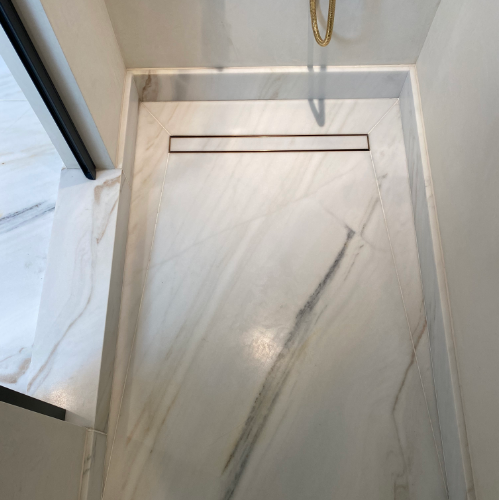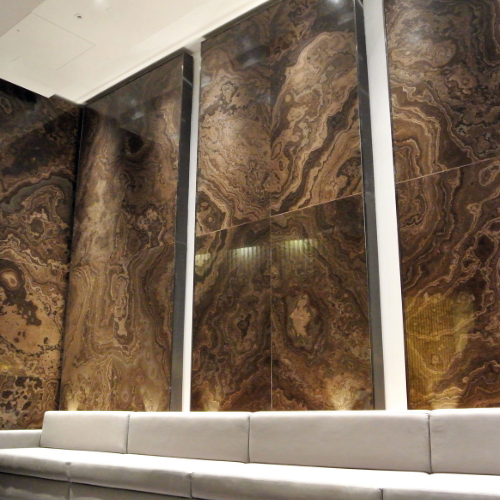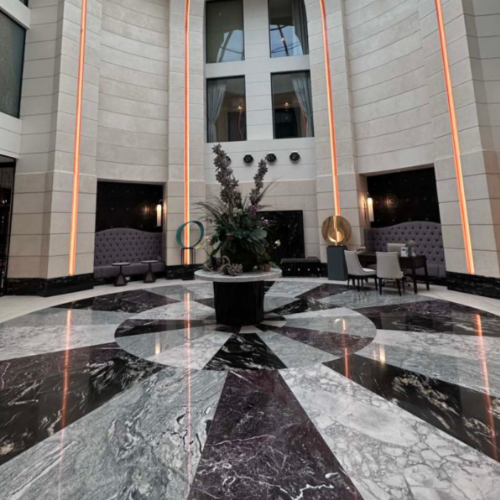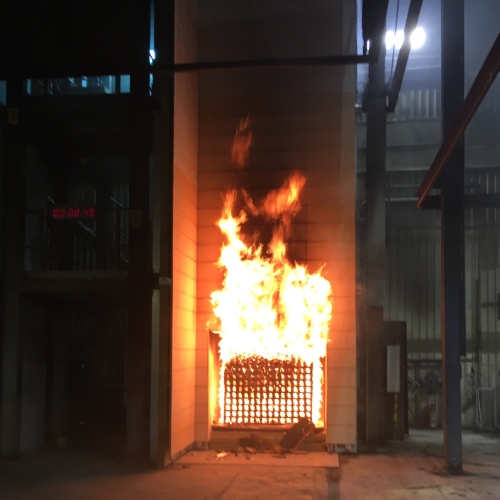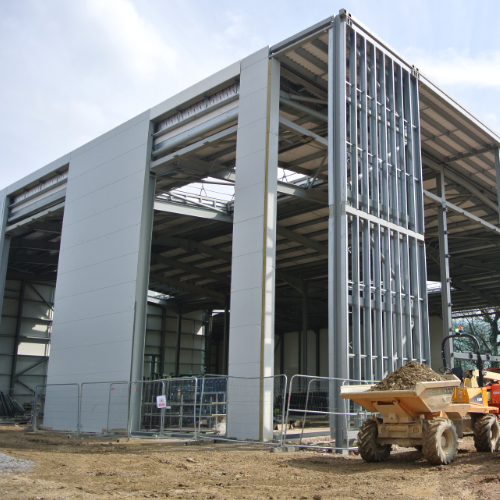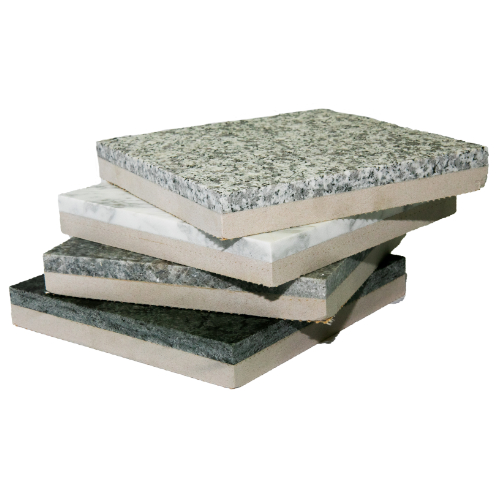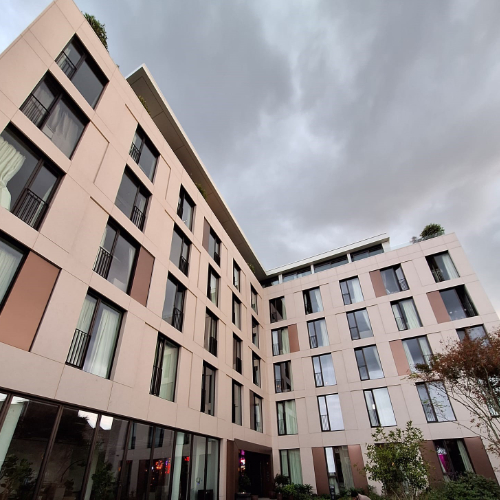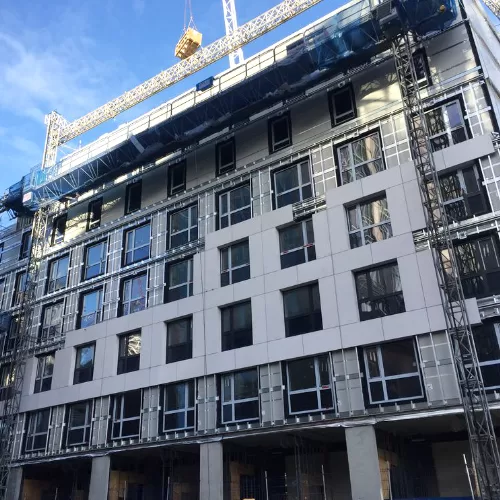In modern architecture, lightweight stone facades have become increasingly popular as they offer more affordable and flexible building designs. However, ensuring the safety and reliability of these facades is crucial. To guarantee their performance, impact testing of lightweight stone facades plays a key role in assessing how well these materials can withstand real-world conditions.
What is Impact Testing?
Impact testing actively evaluates the resistance of materials to sudden and forceful impacts. Specifically, it involves subjecting the stone panels to controlled impacts that simulate potential hazards, such as flying debris during storms, accidental collisions, or even acts of vandalism. Through this process, we measure the panel’s ability to endure impacts without breaking, cracking, or sustaining significant damage.
Why Impact Testing Matters for Lightweight Stone Facades
1. Ensuring Safety and Durability:
First and foremost, impact testing ensures that lightweight stone facades are safe for use in buildings. Since buildings are exposed to a range of potential impacts over their lifetimes—from environmental factors like hail and windborne debris to human activities—rigorous impact testing is essential. By conducting these tests, we guarantee that the stone panels will maintain their structural integrity, thereby protecting both the building and its occupants.
2. Meeting Building Standards and Codes:
Building codes and standards often require materials to undergo specific tests, including impact resistance, before they can be approved for construction. Lightweight stone facades must meet these criteria to be used in certain regions or types of buildings. Impact testing provides the necessary data to demonstrate compliance with these regulations, ensuring that the facades are fit for purpose. Additionally, it helps architects and builders choose materials that adhere to local and international standards, minimizing the risk of non-compliance.
The standard impact test requirements for lightweight facades include BS CWCT TN75, CWCT TN76, and 8200:1985. These standards specify impact test assessments involving both soft body (50kg) and hard body (0.5kg & 1kg) impactors. These rigorous tests simulate different types of impacts that a facade might encounter, ensuring the materials are robust and reliable in any environment.
3. Enhancing Product Development:
Impact testing also plays a vital role in product development. It allows us to identify weaknesses in the material or panel design that can be addressed before the product reaches the market. By testing different compositions, thicknesses, and mounting methods, we optimize our lightweight stone panels for maximum impact resistance, leading to better-performing products. As a result, we continuously improve our offerings to meet the highest standards.
4. Boosting Consumer Confidence:
Lastly, architects, builders, and property owners need to be confident in the materials they choose. Knowing that a lightweight stone facade has been rigorously impact-tested provides reassurance that it will perform well under pressure. This confidence can be a key selling point, particularly in regions prone to extreme weather or in buildings where safety is a top priority.
The Impact Testing Process
Impact testing for lightweight stone facades typically involves several stages:
Test Setup:
First, panels are mounted in a test rig that replicates their installation on a building. This rig ensures that the test conditions closely mimic real-world scenarios, providing accurate and relevant results.
Impact Simulation:
Next, various objects, such as steel balls or other standardized impactors, are propelled at the panel with controlled force. We carefully measure the impact energy to ensure consistency across tests, allowing us to compare results accurately.
Test Set-up:
After the impact, we inspect the panel for signs of damage, such as cracks, chips, or fractures. The data collected is then analyzed to determine the panel’s impact resistance rating. This thorough analysis helps us understand how the material behaves under stress, guiding future product enhancements.
Impact Testing of our Cristolite Panel
The video below demonstrates the impact testing of our Cristolite panel according to CWCT TN76 standards, using a 500J solid body impactor. The test concluded with a Class 1 classification, indicating a negligible risk. This result highlights the exceptional durability and reliability of our Cristolite panels, ensuring they meet the highest safety standards for lightweight stone facades.
In conclusion, impact testing is a critical component in the development and deployment of lightweight stone facades. By thoroughly testing our panels, we ensure that our products can withstand the challenges of the real world, providing safety, durability, and peace of mind to those who use them. As lightweight stone facades continue to gain popularity in modern architecture, rigorous impact testing will remain essential in delivering high-quality, reliable solutions for buildings around the world. We invite you to explore our range of impact-tested products and discover how Cristofoli International can support your next project.


